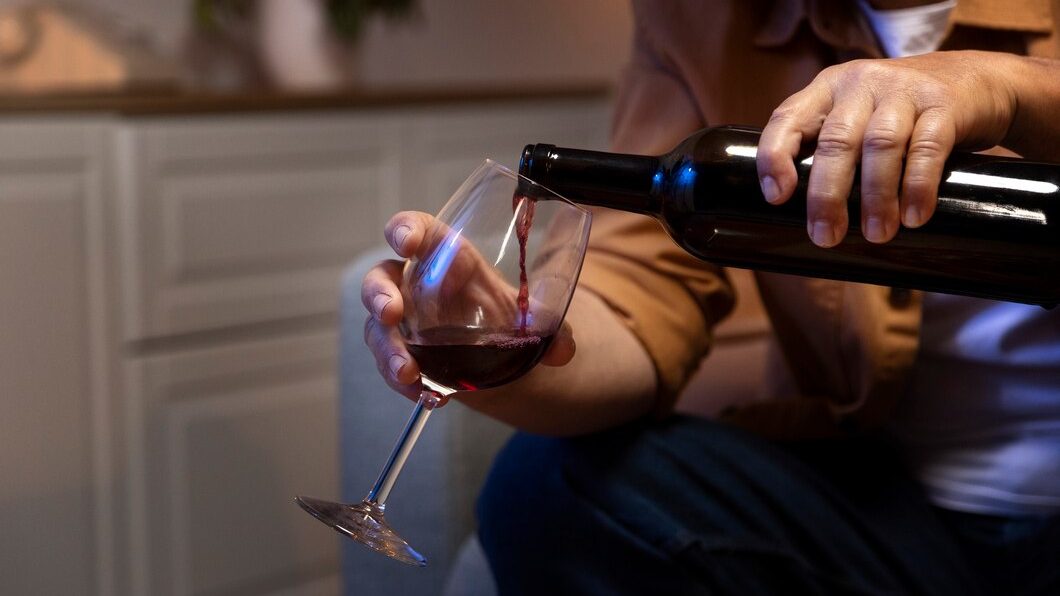The wine sector in the United States is vast, encompassing over 1,100,000 acres of vineyards. Ranked as the fourth-largest wine-producing nation globally, the United States follows Italy, Spain, and France in this aspect. From the sun-drenched vineyards of California to the rolling hills of Oregon and beyond, the USA has emerged as a global powerhouse in wine production, renowned for its diverse terroirs, pioneering techniques, and a commitment to quality that rivals the world’s most esteemed wine regions. In recent times, the wine scene in the United States mirrors a vibrant and ever-changing environment influenced by changing consumer tastes, technological progress, and wider societal impacts.

In the year 2024, the wine industry finds itself propelled forward by the forces of sustainability, climate change, digitalisation, and globalisation. These trends have become the driving force behind the evolution of this luxurious realm. As we witness the rise of e-commerce, traditional methods are gracefully stepping aside to make room for the modern era. However, it is important to acknowledge that the esteemed US wine market faces its fair share of challenges in the present and beyond. A shrinking consumer base, declining volumes at lower price points, and the plateauing of sparkling wine gains have all contributed to this predicament. The underlying cause can be attributed to the shifting demographics of generations. The younger cohorts, namely the Millennials and Gen Z, have embraced a more unconventional approach to wine consumption. Consequently, wine makers have recognized the need to adapt and embrace these emerging trends in order to remain relevant in this ever-evolving industry.
Here are some notable trends currently shaping the American wine industry in 2024:
- Zero-proof wines :
In this era of heightened awareness towards well-being, the demand for alcohol-free wines has skyrocketed. The haziness of the morning, accompanied by a pounding head and a queasy stomach, compels individuals to renounce alcohol entirely. In contrast, these exquisite libations pledge to deliver the exquisite flavours and intricate nuances of conventional wines, all without a trace of alcohol. Alcohol-free wines captivate designated drivers, expectant mothers, and those who choose to abstain, providing them with a revitalising substitute for social gatherings.
- Advancement of Unconventional Packaging:
The recent years have witnessed a remarkable surge in the adoration for alternative packaging formats, including cans, boxes, and single-serve bottles. These exquisite formats not only provide utmost convenience and portability but also embrace the essence of eco-friendliness. Their allure is particularly captivating for the younger generation and those who yearn for more relaxed and approachable wine choices.
- Sparkling wines:
The consumption of sparkling wine in the United States has always been quite popular, but in recent years, we have witnessed a remarkable surge in sales. It is anticipated that by 2024, sparkling wine will surpass beer as the most favoured beverage in the USA. This unexpected shift coincides with the increasing trend of wine-based cocktails like spritzers, as well as the convenience of fizzy wine in a can. The production of sparkling wine in the United States is diverse, ranging from the elegant méthode champenoise wines of California’s Napa Valley to the lively and fruity sparklers of New York’s Finger Lakes region.
- Expansion of Online Shopping:
Revised: The rise of e-commerce has revolutionised the way we shop, including in the wine industry. Online wine sales have seen a significant increase due to the convenience, variety, and competitive pricing offered by digital retailers. Both small boutique wineries and established vineyards are quickly adapting to this trend by expanding their online presence to reach a wider audience. Online wine vendors now provide a wide selection of wines, expert reviews, personalised recommendations, and excellent customer service. While the Covid-19 pandemic may have accelerated this shift, it was inevitable given the globalised nature of our world and the continuous advancements in technology and trade.
To summarise, the latest trends in the wine industry reflect the changing preferences and values of today’s sophisticated consumers. These trends include a focus on sustainability, health-consciousness, and the exploration of non-alcoholic options and innovative packaging. Wineries are adapting to meet the diverse needs of their discerning audience by providing authenticity, innovation, and memorable experiences. They are experimenting with natural winemaking methods, embracing direct-to-consumer strategies, and utilising technology to enhance production and interaction. Overall, wineries are at the forefront of shaping the future of the wine world.
Written By: Tvisha Patel | Edited By: Heta Dave


